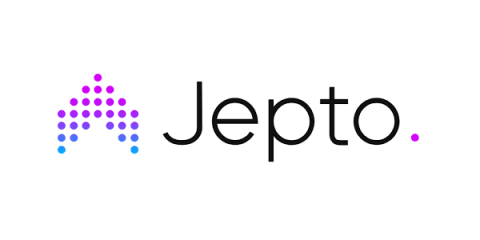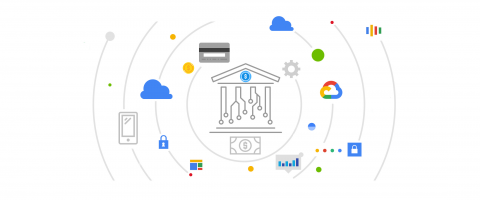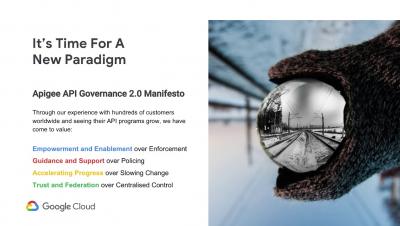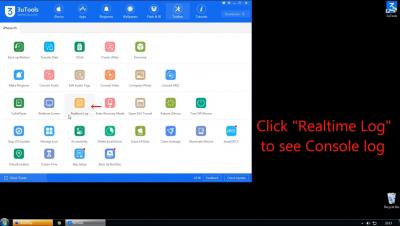What is Anomaly detection and how to use it for Marketing
Businesses are collecting massive amounts of data as a part of their analytics pipeline. Most of the time, this data is filtered by a computer and presented in a way that a human interprets, through the analytics dashboard. That's a fantastic resource, and has no doubt been of great value to you in business decisions. However, restricting the interpretation of all that data that you've mined to humans leaves a lot of potential insights on the table.









